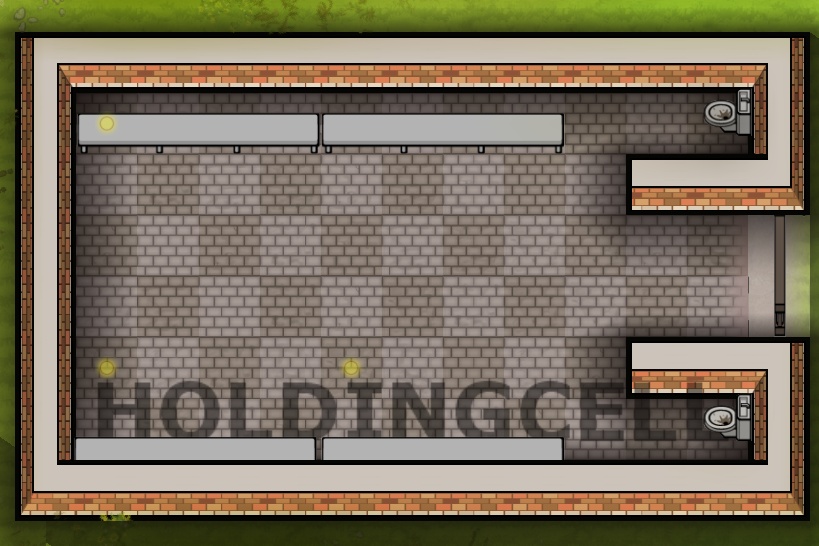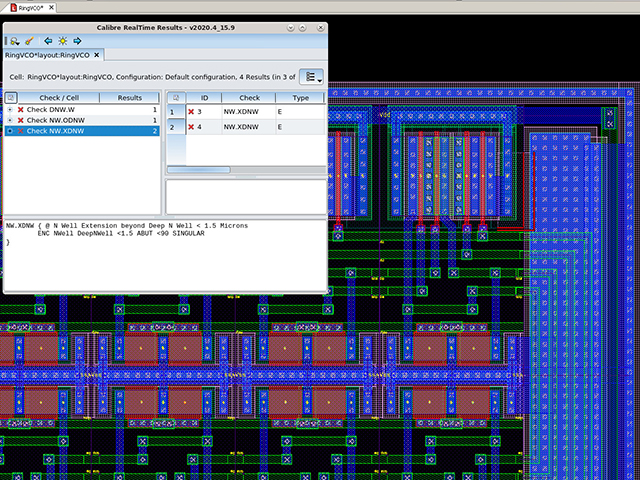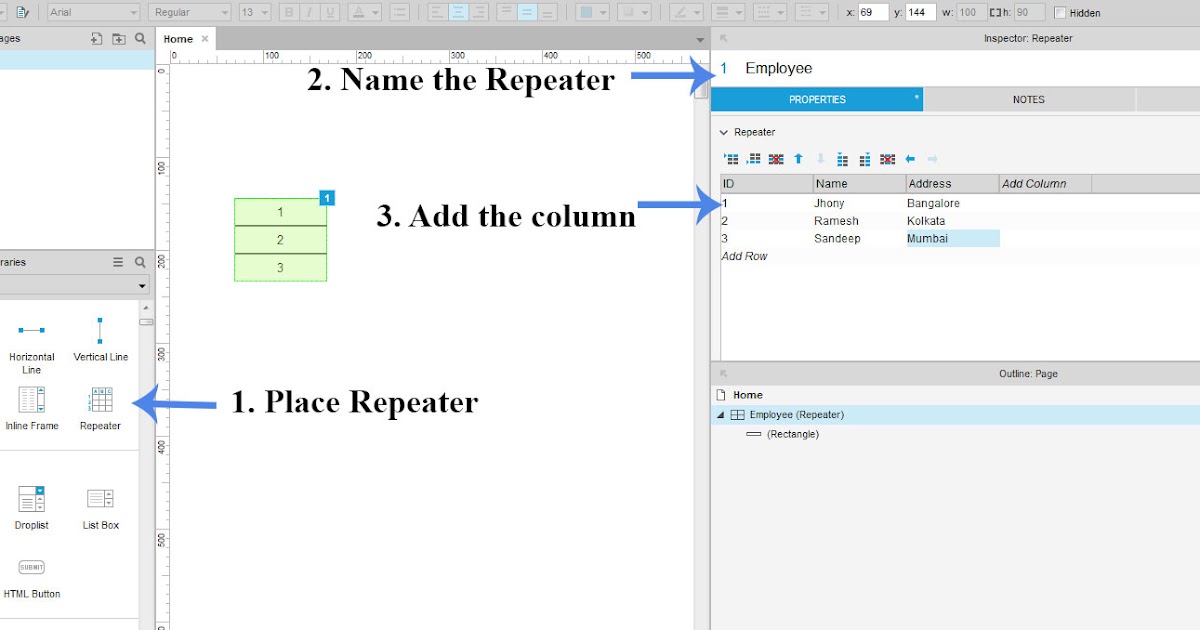

The edit mode in the GridControl works on a per-row basis: User can select a cell to initiate edit mode. Customize Editor Activation and Validation Hides the active editor and discards the changes.Īfter the editor has been closed, the GridControl raises the GridViewBase.HiddenEditor / TreeListView.HiddenEditor event. Hides the active editor and saves the changes. The GridControl provides two methods to hide the active editor: Method
#Place cell layouteditor how to#
Refer to Focusing for information on how to move cell and row focus.

To invoke the cell’s editor in code, focus the cell and call the DataViewBase.ShowEditor method. After the editor has been shown, the GridControl raises the GridViewBase.ShownEditor / TreeListView.ShownEditor event. These events allow you to cancel the action.

The GridViewBase.ShowingEditor / TreeListView.ShowingEditor events are raised before the focused cell’s editor is activated. Pressing Esc closes the editor and discards the changes. To save the changes and close the editor, users should press Enter or move focus to another cell. This activates the focused cell’s in-place editor to allow an end user to modify the value. Users can switch the GridControl to edit mode in the following ways: You can use the GridControl.SetCellValue method to change cell values in code.Users cannot modify the column’s cell values (they can invoke cell editors, select, and copy their values).If the column’s ColumnBase.ReadOnly property is set to true: For example, you can set the column’s ColumnBase.AllowEditing property to false to prevent users from changing its values. Set this property to true or false to override the default behavior. The property’s default value is Default - the View controls the column’s behavior. Individual columns have the ColumnBase.AllowEditing property. Some features that change the global cell hierarchy will end any Edit-in-Place and switch back to the main cell.The GridControl uses in-place data editors to display and edit cell values:ĭata editing is allowed if the DataViewBase.AllowEditing property is set to true and the DataViewBase.NavigationStyle property is set to GridViewNavigationStyle.Cell. There is no limitation on hierarchies levels. You can switch from the main cell down to the deepest referred cell in the design. You can navigate through all appearances of the referred cell and edit it at that location. Going up again to the mail cell is possible similar with a cell up (in the context menu or in cell/edit-in-place/cell up).Ī cell may be referred more than once in a design with the feature Move Cell Left, Move Cell Right. With changing the edited cell all the other cells will be shaded light gray and it is easy to see which cell is being edited.

With Cell Descent (in the context menu of the edit/select mode) or the cell/edit-in-place/select feature you can switch to the referred cell without changing the view. With the Edit-in-Place feature, it is possible to edit not only the current cell but also any referred cell without changing the existing view and make the editing of hierarchical design more simple. However, editing may get a little bit more difficult as always the correct cell to be edited has to be opened. In this way repeating structures need only be created and stored once, the design will get smaller and easier to maintain. That means, that in the main design (also called top-cell) has references to other cells (cells are also called instances or blocks).


 0 kommentar(er)
0 kommentar(er)
